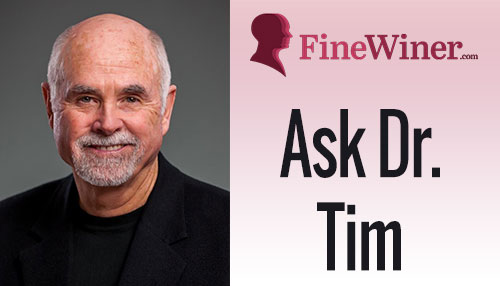When “Truth” gets in the way: “Good” vs. “Bad” Communication

In past articles, Terry and I have talked about the importance of not keeping secrets, which can build walls between us. This would imply that telling the truth serves connection and closeness in relationships.
Unfortunately, as with most things, this “ain’t necessarily so.” Sometimes the “truth” can drive us apart, and not just when we are sharing “hurtful” things. Rather, it can be part of a behavioral repertoire that David Burns, M.D., cognitive-behavioral guru and author of the best-selling book, “Feeling Good,” has named “Bad Communication.”
Burns defines “Bad Communication” as a “refusal to share your feelings openly or to listen to what the other person has to say,” while “Good Communication” requires that you express your feelings “openly and directly” and that you “encourage the other person to express his or her feelings.”
Or, as Stephen Covey, author of the “Seven Habits of Highly Effective People,” stated: Effective communication requires that we “Seek first to Understand.”
So when does “telling the truth” become “Bad Communication?” According to Burns, when you “insist that you are ‘right’ and the other person is ‘wrong.’” When you do this, you’re not interested in what they have to say, but in broadcasting or defending your own feelings and insisting that they agree with you.
But “truth” isn’t the only thing that can get in the way of “Good Communication.” Indeed, Burns offers a list of 14 more ways you can get into trouble when trying to handle a disagreement, misunderstanding, or conflict:
- Blame: You say that the problem is the other person’s fault.
- Martyrdom: You claim that you’re the innocent victim.
- Put-down: You imply that the other person is a loser because he or she “always” or “never” does certain things.
- Hopelessness: You give up and insist there’s no point in trying.
- Demandingness: You say you’re entitled to better treatment but you refuse to ask for what you want in a direct, straightforward way.
- Denial: You insist that you don’t feel angry, hurt, or sad when you really do.
- Passive Aggression: You pout or withdraw or say nothing. You may storm out of the room or slam doors.
- Self-blame: Instead of dealing with the problem, you act as if you’re an awful, terrible person.
- Helping: Instead of hearing how depressed, hurt, or angry the other person feels, you try to “solve the problem” or “help” him or her.
- Sarcasm: Your words or tone of voice convey tension or hostility which you aren’t openly acknowledging.
- Scapegoating: You suggest that the other person has “a problem” and that you’re sane, happy, and uninvolved in the conflict.
- Defensiveness: You refuse to admit any wrong-doing or imperfection.
- Counterattack: Instead of acknowledging how the other person feels, you respond to their criticism by criticizing them.
- Diversion: Instead of dealing with how both of you feel in the here-and-now, you list grievances about past injustices.
Whew! So many ways to communicate badly! It’s a wonder we get along at all! But don’t despair! Next month we’ll look at how to listen with greater empathy as well as how to share your own thoughts and feelings more effectively and intimately. (or you can skip ahead and visit one of David Burn’s many books, podcasts, or youTube presentations)
Chris Copeland
